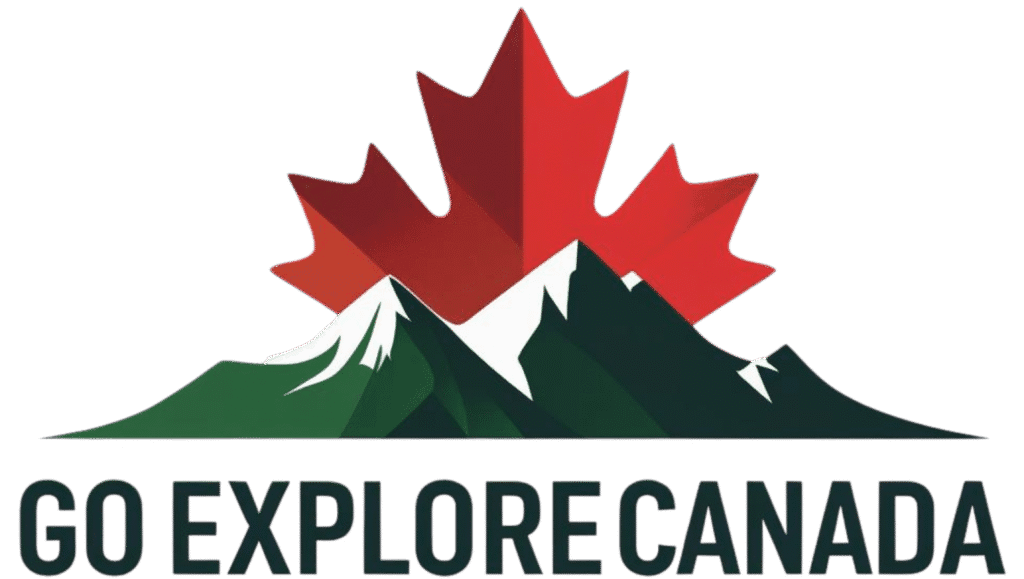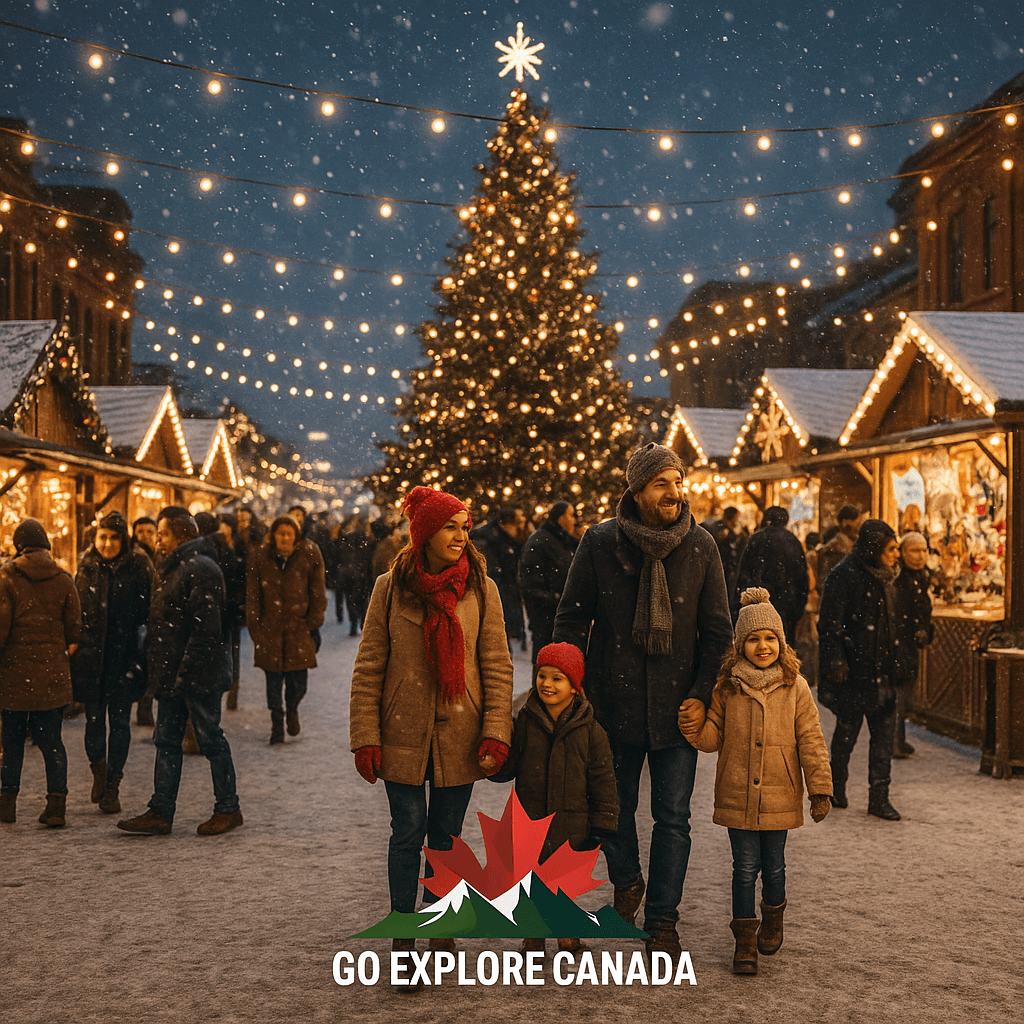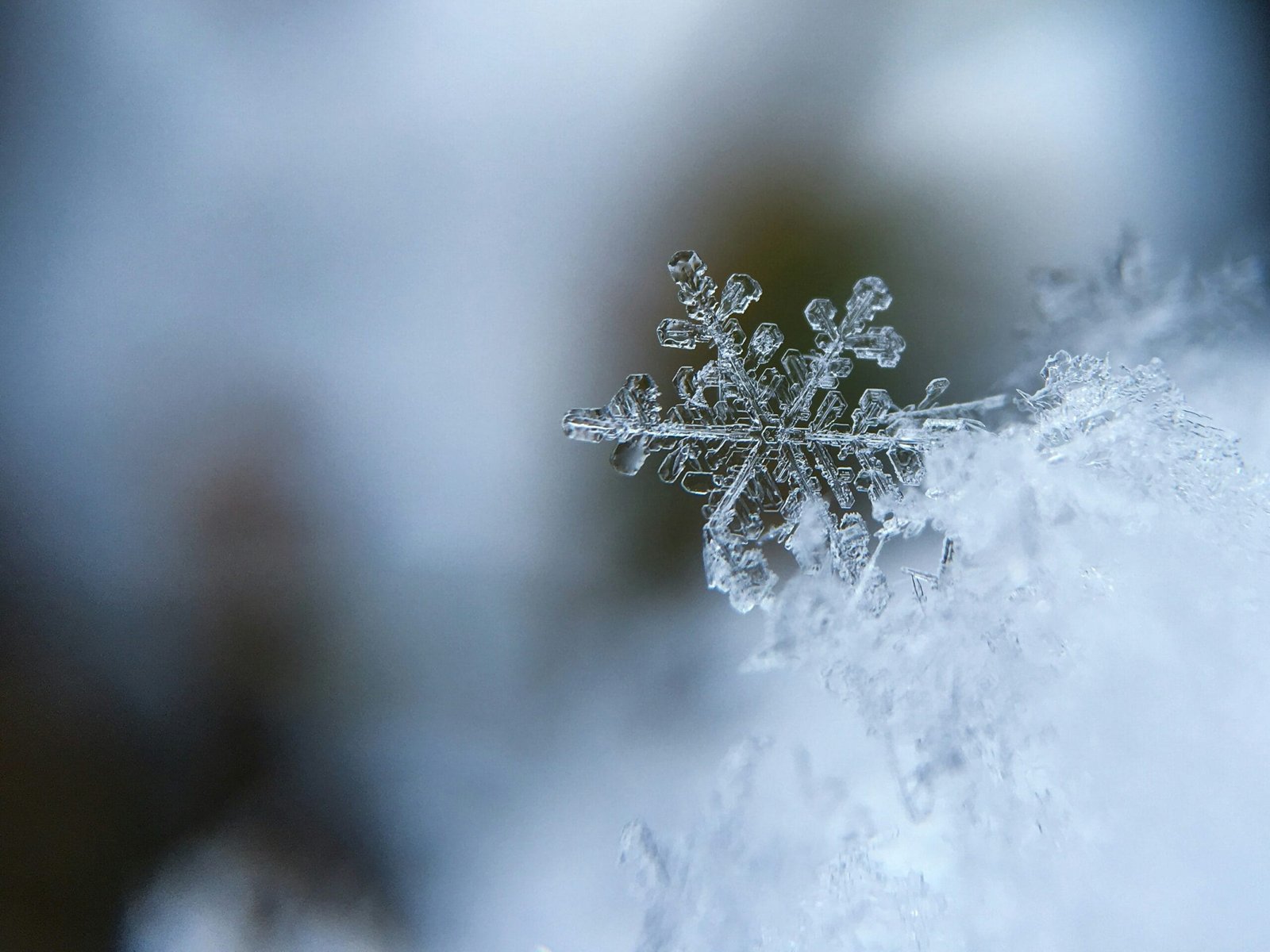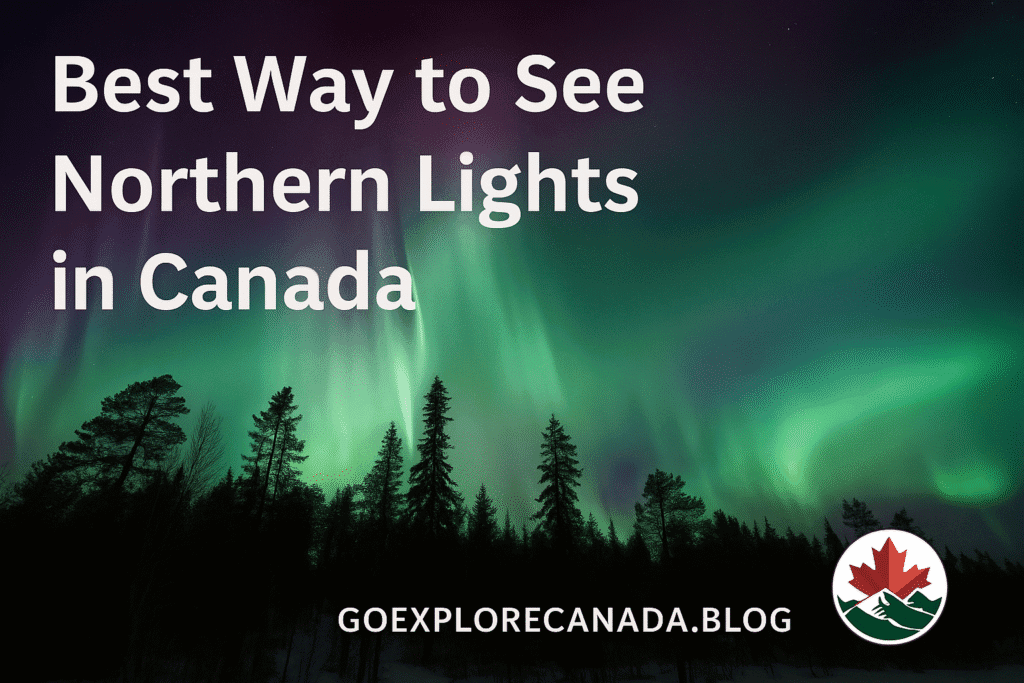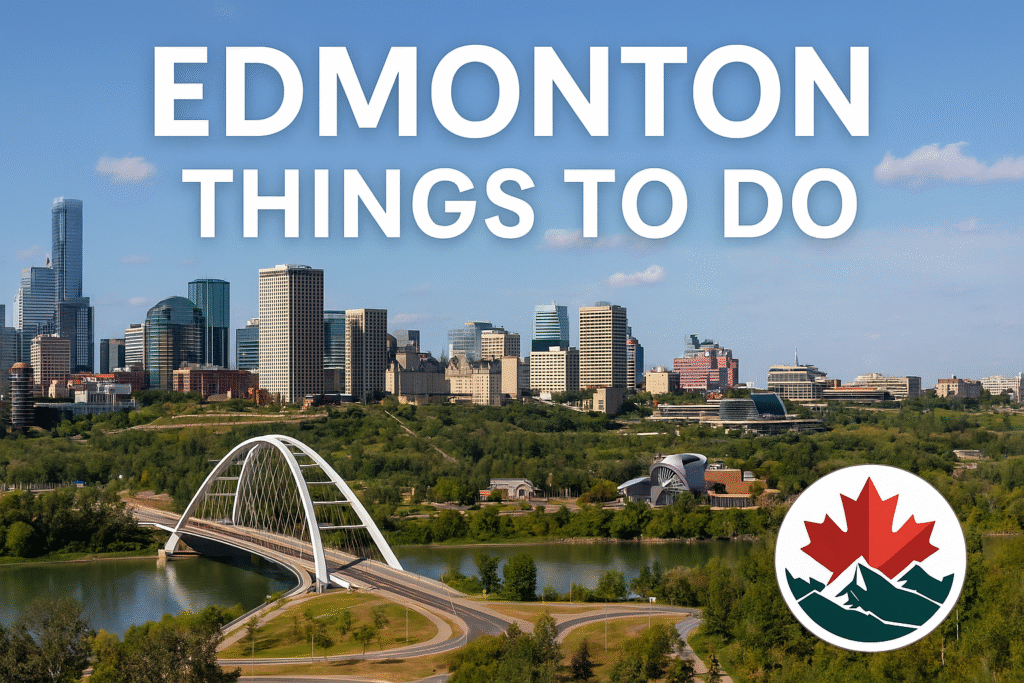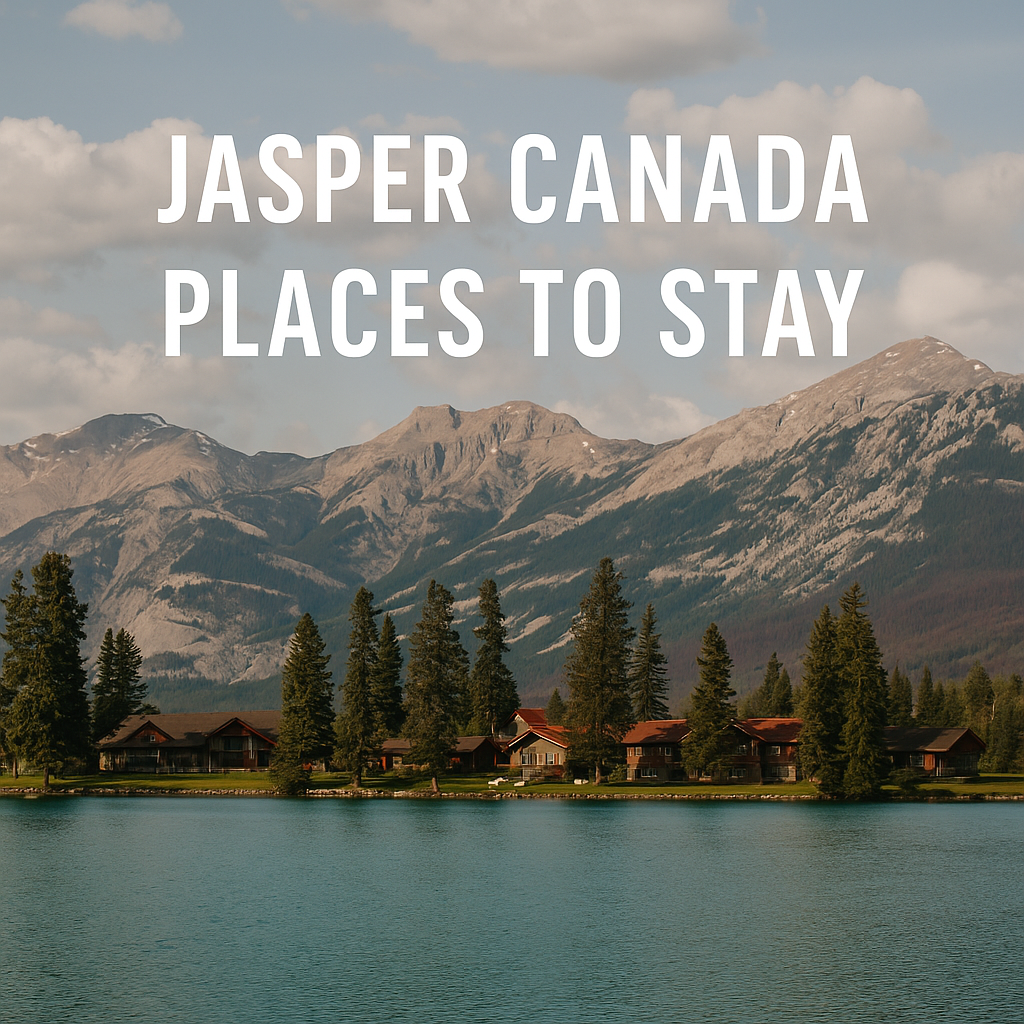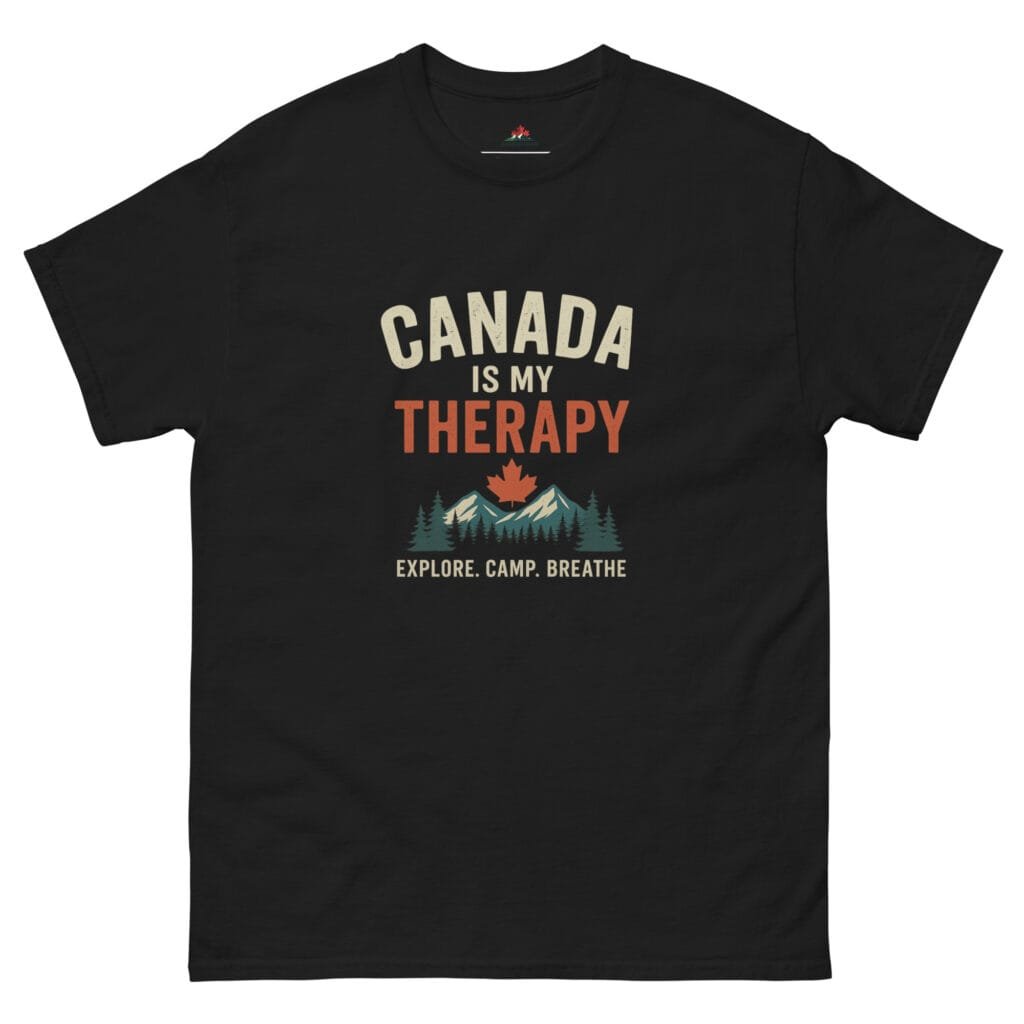
Exploring the Breathtaking Banff National Park Attractions, Canada
Posted in Seasonal Travel
Introduction to Banff National Park Attractions
Banff National Park Attractions: Banff National Park, established in 1885, holds the distinction of being Canada’s first national park and is a cornerstone of the country’s conservation efforts. Situated in the heart of the Canadian Rockies, within Alberta, it covers an expansive area of approximately 6,641 square kilometers (2,564 square miles). This majestic park is not only revered for its striking mountain landscapes but also recognized for its commitment to preserving the natural beauty and wildlife of Canada, earning it a designation as a UNESCO World Heritage Site in 1984.
The park’s establishment was a pivotal moment in Canadian history, marking the beginning of national park conservation in North America. It was founded in response to the discovery of natural hot springs, which attracted visitors eager to explore the untamed wilderness. Over the years, Banff has evolved into a prominent tourist destination that showcases a remarkable biodiversity. The park boasts over 1,000 species of plants, 280 species of birds, and a variety of animals, including elk, wolves, and grizzly bears, providing ample opportunities for wildlife enthusiasts and photographers alike.
Banff National Park attracts millions of visitors each year, drawn by its breathtaking natural beauty and extensive recreational activities. From hiking and skiing to mountain biking and wildlife viewing, the park offers something for everyone throughout the seasons. The iconic turquoise waters of Lake Louise and the stunning vistas from the Banff Gondola are just a few of the standout banff national park tourist attractions that contribute to its reputation as a premier destination for nature lovers and adventure seekers. The unparalleled blend of picturesque landscapes, rich ecosystems, and outdoor pursuits solidifies Banff as a cherished gem within Canada’s national park system.
The Alluring Lakes of Banff
Banff National Park is renowned for its stunning landscapes, and among its many attractions, the lakes stand out for their breathtaking beauty and recreational opportunities. One of the most iconic lakes in the park is Lake Louise, celebrated for its turquoise waters and surrounded by mountain peaks and lush forests. The lake is accessible year-round, offering visitors various activities such as canoeing in the summer and ice skating in the winter. Its famous Fairmont Chateau Lake Louise provides a picturesque backdrop and a chance for visitors to indulge in luxury while admiring the stunning scenery.
Another remarkable gem is Moraine Lake, known for its vibrant blue hue created by the glacial melt. Nestled in the Valley of the Ten Peaks, it offers an intimate experience with nature, where guests can hike the numerous trails that wind through the area. The access to Moraine Lake is limited to summer months, but those who venture out early in the day are rewarded with a peaceful atmosphere and extraordinary photographic opportunities, especially at sunrise when the surrounding mountains are illuminated by the first light.
Peyto Lake, resembling a wolf’s head from above, is famed for its unique shape and dazzling color. Located off the Icefields Parkway, it is easily accessible through a short walk from the parking area. This vantage point offers visitors sweeping views of the lake and the Bow Valley. The area is particularly stunning in the autumn when the foliage displays vibrant colors, creating a striking contrast with the lake’s brilliant blue.
When visiting these lakes, it is essential to consider the different seasons to enhance the experience. Spring brings the melting ice and blooming wildflowers, while summer is perfect for hiking and water activities. Autumn showcases foliage transformation, and winter turns the lakes into serene wonderlands. Regardless of the season, Banff National Park tourist attractions continue to draw nature enthusiasts and adventurers alike to explore the mesmerizing lakes.
Majestic Mountain Ranges
Banff National Park is renowned for its breathtaking mountain ranges, most notably the Rocky Mountains, which form a stunning backdrop to the park’s pristine landscapes. This iconic range, characterized by rugged peaks and deep valleys, offers a multitude of opportunities for visitors to explore the natural beauty and geological wonders of the area. The distinctive summit of Mount Rundle and the jagged lines of the surrounding peaks present not only a feast for the eyes but also a variety of hiking experiences suitable for different skill levels.
Among the popular hiking trails, the Plain of Six Glaciers and the Lake Agnes trail are must-visits, providing hikers with panoramic views of glacial lakes and lush alpine meadows. These paths are well-marked, making them accessible for both novice and experienced hikers. For those seeking a more challenging experience, the ascent to the summit of Mount Victoria offers rewarding vistas overlooking Lake Louise and the surrounding terrain. Each of these excursions allows visitors to immerse themselves in the ecology of the region, rich in wildlife and unique plant species.
In terms of geology, the mountains of Banff National Park tell a fascinating story of Earth’s history, with limestone formations dating back millions of years. This aspect is often highlighted in guided tours, where knowledgeable naturalists share insights about the geological processes that shaped these majestic mountains. Additionally, safety should be a priority when engaging in mountain adventures. It is advisable for hikers to check weather conditions, carry sufficient supplies, and stay informed about wildlife encounters. Park rangers frequently recommend participating in guided mountain tours, which can enhance the experience and ensure adherence to safety protocols. With their awe-inspiring beauty and adventurous spirit, the mountain ranges of Banff National Park remain a centerpiece of its tourist attractions.
Wildlife Watching Opportunities
Banff National Park is not only renowned for its stunning landscapes but also for its diverse and rich wildlife. The park is home to numerous species including elk, grizzly bears, moose, bighorn sheep, and many more. This remarkable biodiversity makes Banff one of the premier destinations for wildlife enthusiasts. The best locations to spot these animals include trails around Lake Louise, the Bow Valley Parkway, and the Sulphur Mountain area. Early mornings and late afternoons are typically the most advantageous times for wildlife viewing when animals are most active.
Viewing animals in their natural habitats can be an exhilarating experience; however, it is crucial to engage in responsible wildlife viewing practices. Visitors should maintain a safe distance, typically at least 100 yards from bears and 25 yards from elk and moose. Using binoculars or a zoom lens can enhance your experience by allowing you to observe these magnificent creatures without disturbing them. Additionally, it is important to never feed wildlife, as this can lead to dangerous situations for both animals and humans.
Conservation efforts play a vital role in preserving the intricate ecosystems that support the spectacular wildlife of Banff National Park. The park authorities have implemented measures to educate visitors about the importance of protecting these habitats, which are under constant pressure due to climate change and human activity. These initiatives include various awareness campaigns and guided wildlife tours aimed at fostering a deeper understanding of wildlife conservation. As you explore the banff national park tourist attractions, embracing these conservation principles will ensure that future generations can also enjoy the breathtaking wildlife that calls this park home.
Adventure Activities: Winter and Summer
Banff National Park, a renowned natural wonder in Canada, offers a plethora of exhilarating adventure activities throughout the year. These activities are perfectly categorized into summer and winter pursuits, allowing visitors to fully appreciate the park’s diverse landscapes and natural beauty, regardless of the season.
During the summer months, hiking, biking, and rock climbing are among the most sought-after activities. With a myriad of trails ranging from easy walks to challenging hikes, Banff National Park tourist attractions cater to all levels of outdoor enthusiasts. The Lake Louise and Moraine Lake trails are particularly popular, offering stunning views of turquoise waters framed by majestic mountains. Mountain biking is also a thrilling option, with various designated paths like the Banff Legacy Trail, which showcases breathtaking scenery while allowing adventurers to explore the park’s surroundings on two wheels. For those seeking adrenaline-pumping experiences, rock climbing opportunities abound at locations such as Tunnel Mountain and the crags around Canmore.
As winter blankets the park in snow, the adventure transforms, revealing a winter wonderland. Banff National Park is famous for its skiing, with resorts like Sunshine Village and Mount Norquay providing ample slopes for both novice and expert skiers. Snowshoeing is another engaging way to traverse the powdery landscape, with numerous trails allowing for exploration at a more leisurely pace while immersing oneself in the pristine environment. Ice skating on frozen lakes, like Lake Louise, is a magical experience, where visitors can glide on the ice while enjoying the striking backdrop of snow-capped peaks.
When planning visits to these thrilling activities, it is advisable to consider peak seasons, as summer months and holiday periods can attract larger crowds. Local outfitters offer rentals and guided tours for those who may not have the necessary gear. Therefore, whether one is seeking summer hikes or winter slopes, Banff National Park tourism provides endless adventure opportunities suitable for every adventurer.
Cultural and Historical Sites
Banff National Park is not only renowned for its stunning natural beauty, but it also boasts a rich cultural and historical tapestry that reflects its diverse heritage. One of the most significant cultural landmarks within the park is the Banff Park Museum. Established in 1903, this museum is housed in a historic building made from local materials, showcasing a variety of exhibits that highlight the natural history of the region as well as artifacts that narrate the stories of those who have called this area home. Visitors can immerse themselves in the park’s biological and geological wonders while grasping the historical context of its development as a national park.
Another important site is the Cave and Basin National Historic Site, which is integral to the history of Banff. A place of great historical importance, it served as the birthplace of Canada’s national park system. The site features the original hot springs that drew visitors in the early 1880s, ultimately leading to the establishment of Banff National Park. The interpretive center here provides insights into the traditional lands of Indigenous peoples and the ecological and cultural significance of the natural hot springs, fostering a comprehensive understanding of the area’s heritage.
Moreover, the history of Indigenous peoples in the Banff region adds a significant layer to its cultural narrative. The Stoney Nakoda Nation and other First Nations have deep-rooted connections to these lands, where they have lived, hunted, and gathered for thousands of years. Engaging with local art galleries and participating in annual cultural events allows visitors to appreciate the contemporary contributions of Indigenous artists and communities, further enriching the experience of exploring Banff National Park tourist attractions.
Dining and Accommodations in Banff
Banff National Park is not only celebrated for its stunning natural landscapes and outdoor adventures but also for its diverse dining and accommodation options, which enhance the overall visitor experience. Dining in Banff ranges from gourmet restaurants to cozy cafes, offering a taste of local cuisine as well as international dishes. Visitors can enjoy fine dining experiences at well-known establishments such as The Maple Leaf, which specializes in Canadian ingredients and seasonal dishes, creating a warm ambiance ideal for a memorable meal. For those seeking a more casual setting, places like Park Distillery offer a relaxed atmosphere with locally sourced dishes alongside craft spirits, making it a popular choice among tourists.
Additionally, the town of Banff is dotted with various eateries that cater to different dietary preferences, including vegetarian, vegan, and gluten-free options, ensuring that all visitors can enjoy the culinary delights that the region has to offer. For a quick snack or coffee break, numerous cafes and bakeries, like Wild Flour Bakery, provide freshly baked goods and artisanal coffee, perfect for refueling after a day of exploring.
When it comes to accommodations, Banff National Park boasts a range of options to suit different preferences and budgets. From luxury hotels such as the Fairmont Banff Springs, known for its stunning architecture and top-notch amenities, to charming lodges that provide a more intimate experience, visitors will find various choices that enrich their stay. Moreover, camping facilities are available for those keen on immersing themselves in nature, offering a unique perspective on the park’s breathtaking scenery.
To ensure a pleasant experience, it is advisable to book accommodations well in advance, especially during peak seasons when demand is high. By securing your lodging early, you can explore the vast array of banff national park tourist attractions without the stress of last-minute arrangements.
Getting Around Banff National Park
Accessing the stunning vistas and majestic landscapes of Banff National Park requires an understanding of the available transportation options. Visitors to the park can choose from personal vehicles, public transportation, and shuttle services, each providing convenient ways to explore the myriad of tourist attractions within this UNESCO World Heritage site.
Driving within Banff National Park offers flexibility, allowing guests to enjoy scenic routes at their own pace. Roads in the park are well-maintained, with several parking lots situated near popular attractions such as Lake Louise and the Icefields Parkway. However, it is essential to be aware of parking regulations, especially during peak seasons. Some areas may have limited parking availability, and congestion is common on weekends and holidays. It is advisable to arrive early at popular sites to secure a parking spot.
For those preferring a more relaxed transit option, Roam Transit provides reliable public transportation services in and around Banff. This system connects major tourist destinations, including the Banff Upper Hot Springs and the Banff Gondola, allowing visitors to navigate the park conveniently. Roam Transit services operate year-round, although frequency may vary depending on the season. Purchasing a day pass can be a cost-effective choice for travelers looking to explore multiple attractions.
Additionally, shuttle services operate between Banff and popular attractions like Moraine Lake and Johnston Canyon during peak tourist seasons. This can significantly reduce the hassle of parking and ensure that visitors can enjoy their excursions without logistical concerns. Furthermore, accessibility is prioritized within the park, with numerous facilities accommodating those with disabilities.
In conclusion, the variety of transportation options available in Banff National Park allows visitors to tailor their experiences based on their preferences and needs. Whether navigating by personal vehicle, public transit, or shuttle services, ensuring efficient travel within this picturesque region enhances the overall adventure of exploring Banff National Park tourist attractions.
Tips for a Successful Visit
When planning a trip to Banff National Park, it is crucial to consider a few practical tips to ensure an enjoyable experience at its renowned tourist attractions. One of the primary factors to take into account is the best time to visit. The park is accessible year-round, but the peak tourist season typically occurs during the summer months, from June to September. This period offers the warmest weather and a variety of activities, including hiking, canoeing, and wildlife viewing. Alternatively, visiting in the shoulder seasons of spring or fall can provide a more tranquil experience, with fewer crowds and stunning scenery as the foliage transitions through colors.
In terms of packing, it is advisable to prepare for varying weather conditions, regardless of the season. Essential items include layered clothing for temperature fluctuations, sturdy waterproof footwear for hiking, and a reliable backpack to carry personal items. Additionally, packing sunglasses, sunscreen, and insect repellent will enhance your comfort while exploring the outdoors, particularly in warmer months.
Visitors should also consider the vital gear necessary for a safe outing in Banff National Park. Popular activities such as hiking, biking, or skiing require specific equipment based on the season. It is recommended to familiarize oneself with park regulations, including restrictions on drone usage, campfire policies, and wildlife interactions, to ensure a safe and responsible experience.
While enjoying the natural beauty of Banff, embracing Leave No Trace principles is essential for maintaining the park’s integrity. This involves minimizing your ecological footprint by staying on designated trails, packing out all trash, and respecting wildlife habitats. By practicing responsible tourism, visitors can contribute to preserving the breathtaking charm of Banff National Park for future generations to enjoy. In conclusion, being mindful of these tips will greatly enhance your visit to one of Canada’s most prized natural treasures.
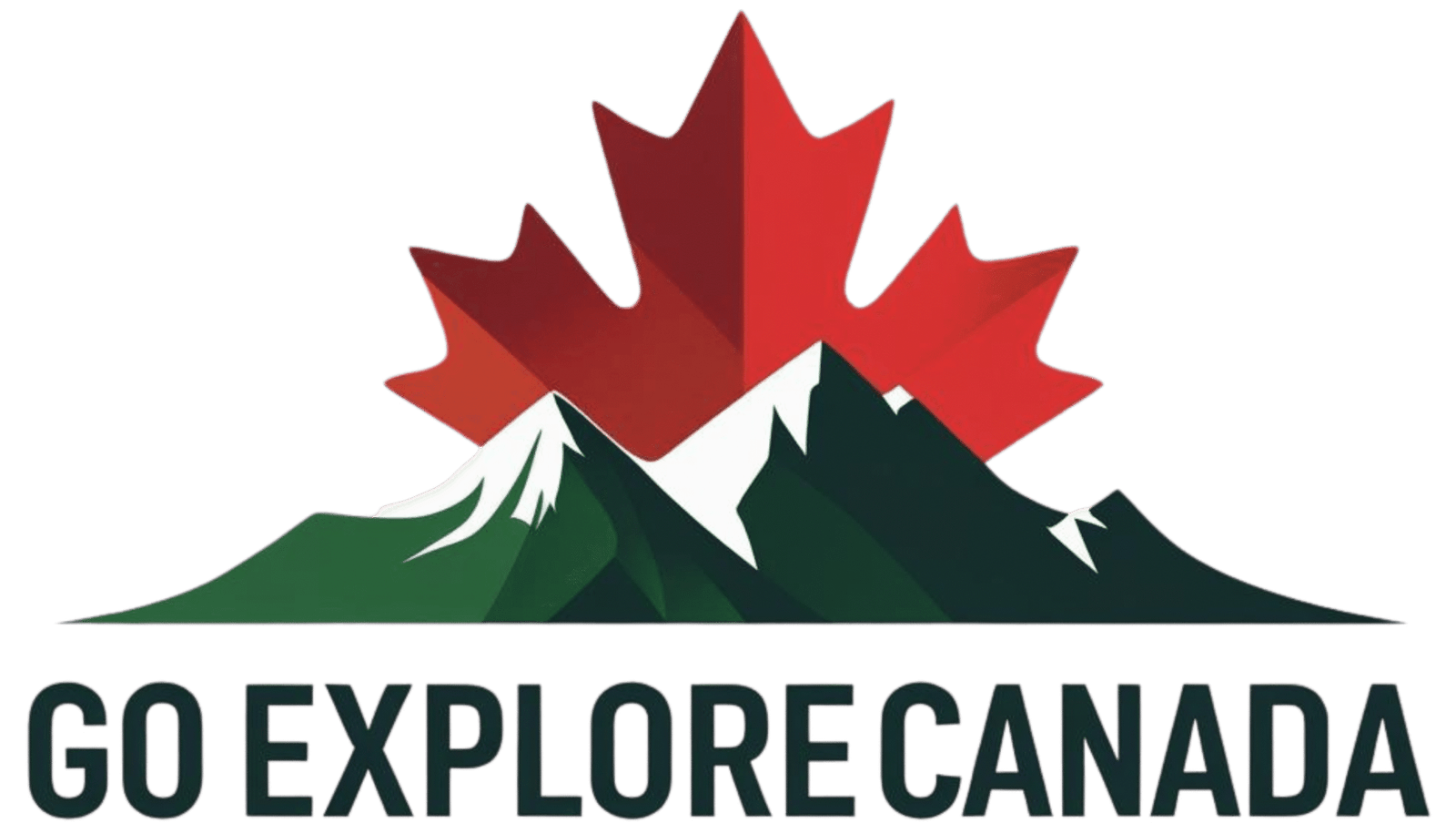
Welcome to GoExploreCanada.com, your go-to guide for exploring Canada. Discover tips, travel guides, and stories about the breathtaking landscapes, vibrant culture, and delicious cuisine from coast to coast. Join us on an adventure to uncover the hidden gems of Canada!
“Canada Is My Therapy” Hiking & Camping Shirt – Explore. Camp. Breathe.
Price range: $20.50 through $34.00
